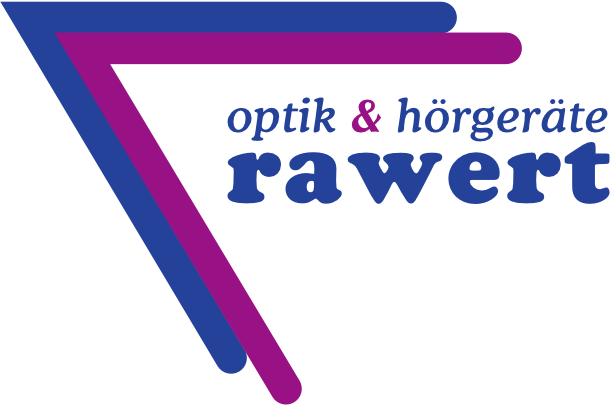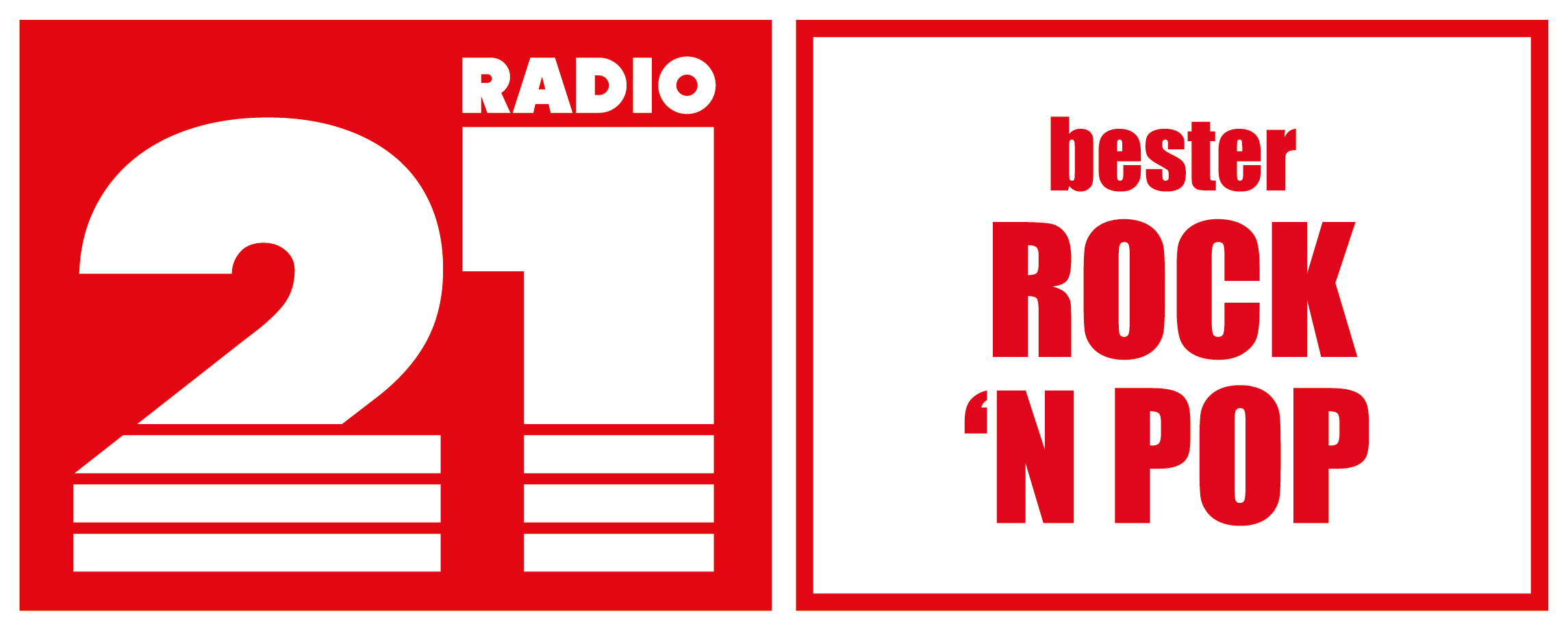That proactive mindset will be important in formulating the question you need to answer. If a banking customer based in the US suddenly seems to be making purchases in many other continents in a short space of time, the company can intervene to ensure the account is secure. The model would also need clear parameters to define the outcome you’re interested in. For example, you might specify the hours of sunshine and the temperature range that would qualify a day as sunny. Erika Rasure is globally-recognized as a leading consumer economics subject matter expert, researcher, and educator. She is a financial therapist and transformational coach, with a special interest in helping women learn how to invest.
However, in order to trust the model, you need to understand whether the model is meaningful and how good it is. If you can’t explain what you did or how the technique works, you will have a hard time building confidence in your results. Additionally, automated model building can help get an app to market faster, but that doesn’t mean that the model is going to be right all the time. It is important to have some inkling of what is going on behind the scenes so you’ll be prepared when you run into issues down the road. Become familiar with learning data and obtain a practical tool to use when planning how you will leverage learning data in your organization. Learning Analytics is not simply about collecting data from learners, but about finding meaning in the data in order to improve future learning.
You should be familiar with concepts such as probability, regression, classification, clustering, and optimization. You should also be able to use languages such as Python, R, or SQL to manipulate, analyze, and visualize data. There are many online courses, books, and tutorials that can help you learn the basics or refresh your knowledge. With the possibility to predict future trends, understanding this exciting area is key to conducting proper data analysis.
Hotels try to predict the number of guests for any given night to maximize occupancy and increase revenue. No matter your industry, predictive analytics can provide the insights needed to make your next move. Whether you’re driving financial decisions, formulating marketing strategies, changing your course of action, or working to save lives, building a foundation in analytical skills can serve you well.
- Banking-related data sets form patterns that identify customers at risk of defaulting on a loan.
- Some of these statistical techniques include logistic and linear regression models, neural networks and decision trees.
- The goal of predictive analytics is to make predictions about future events, then use those predictions to improve decision-making.
- One example explored in Business Analytics is casino and hotel operator Caesars Entertainment’s use of predictive analytics to determine venue staffing needs at specific times.
Earning an MSBA can be an essential component of pursuing a successful business career. Predictive models that consider characteristics in comparison to data about past policyholders and claims are routinely used by actuaries. Commonwealth Bank uses analytics to predict the likelihood of fraud activity for any given transaction before it is authorized – within 40 milliseconds of the transaction initiation. Wondering what you could learn by exploring trends and making predictions with your organization’s data? Read about seven organizations using analytics to gain customer insights, make better decisions and grow their businesses. Many companies use predictive models to forecast inventory and manage resources.
A common misconception is that predictive analytics and machine learning are the same things. Predictive analytics help us understand possible future occurrences by analyzing the past. The term predictive analytics refers to the use of statistics and modeling techniques to make predictions about future outcomes and performance. Predictive analytics looks at current and historical data patterns to determine if those patterns are likely to emerge again. This allows businesses and investors to adjust where they use their resources to take advantage of possible future events.
With information like this, organizations can potentially predict the emotions customers will feel when using certain products or services. Predictive analytics determines the likelihood of future outcomes using techniques like data mining, statistics, data modeling, artificial intelligence, and machine learning. Put simply, predictive analytics interprets an organization’s historical data to make predictions about the future. Today’s predictive analytics techniques can discover patterns in the data to identify upcoming risks and opportunities for an organization.
Social media teams use predictive analytics to understand user behavior and trends. By analyzing the vast amount of data generated by users on social media platforms, they can gain insights into the things that people care about, what they are talking about, and how they interact with each other. This information improves the user experience on social media platforms and enables them to target advertising more effectively.
Predictive analytics benefits in commercial business
For example, you can use regression to figure out how price and other key factors can shape the performance of a security. For instance, you try to classify whether someone is likely to leave, https://1investing.in/ whether he will respond to a solicitation, whether he’s a good or bad credit risk, etc. Usually, the model results are in the form of 0 or 1, with 1 being the event you are targeting.
What are the benefits of taking an online Predictive Analytics course?
They work well when no mathematical formula is known that relates inputs to outputs, prediction is more important than explanation or there is a lot of training data. Artificial neural networks were originally developed by researchers who were trying to mimic the neurophysiology of the human brain. One predictive analytics tool is regression analysis, which can determine the relationship between two variables (single linear regression) or three or more variables (multiple regression).
For further reading, our comparison of predictive vs prescriptive analytics will shed more light on the differences between the two. However, do take note that predictive analytics is not to be confused with prescriptive analytics, which makes recommendations on what to do given the data. IBM Watson® Studio empowers data scientists, developers and analysts to build, run and manage AI models, and optimize decisions anywhere on IBM Cloud Pak for Data. Each model differs depending on the specific needs of those employing predictive analytics. At the business level, an LMS system with predictive analytic capability can help improve decision-making by offering in-depth insight to strategic questions and concerns.
Explore the applications
For clustering predictions, you’ll most likely encounter k-means clustering and k-nearest neighbors (k-NN) techniques. Decision trees are also used for classification, but they focus on finding the most important relationships between variables. It offers a user-friendly interface and a robust set of features that lets your organization quickly extract actionable insights from your data. For instance, a tool might tell you that a classification model is 95 percent accurate. It is important to become familiar with different ways to interpret the quality of models. You must be knowledgeable about confusion matrices and precision/recall as well as ROC, gain and lift charts, and root mean square error, to name a few.
What is Predictive Analytics?
Predictive Analytics can take both past and current data and offer predictions of what could happen in the future. This identification of possible risks or opportunities enables businesses to take actionable intervention in order to improve future learning initiatives. As company leaders come to realize the potential impact of data on business strategy, so the number of jobs involving data analytics grows, creating strong demand for people with these talents. Business analytics professionals’ mix of technical and non-technical skills makes them uniquely qualified to provide businesses with the competitive edge so badly needed in a big data world. Predictive analytics is the art of using historical and current data to make projections about what might happen in the future.
We’ll also explore some best practices that can help you take on a future-driven perspective. Decision trees are classification models that partition data into subsets based on categories of input variables. A decision tree looks like a tree with each branch representing a choice between a number of alternatives, and each leaf representing a classification or decision. This model looks at the data and tries to find the one variable that splits the data into logical groups that are the most different. Decision trees are popular because they are easy to understand and interpret.
A variety of regression techniques exist and can be employed depending on the application and types of variables involved. By defining the relationship between variables, organizations can perform scenario analysis, also colloquially known as ‘what-if’ analysis, to plug in new independent variables and see how they affect the outcome. Organizations might use a regression model to determine how a product’s predictive analytics skills qualities affect the likelihood of purchase. By analyzing the relationship between the color of the product and the likelihood of purchase, an organization might see a correlation between blue shirts and more sales. Because correlation doesn’t equal causation, the organization might explore how other factors affect likelihood to purchase, such as size, seasonality, or product placement.
You’re a food retailer who relies on a steady supply of inventory to meet customer needs. Predictive insights making use of Big Data can track factors that affect shipping and distribution – like weather or sea conditions. This can help you adjust your stock orders dynamically, as well as to prepare what you’ll do if shortages arise. Let’s say you’re a fashion retailer, and an advanced analytics model tells you that natural materials are about to rise in popularity. You can start working with designers and manufacturers who make these kinds of clothes and cut back on your synthetic lines. Individuals who work in this field look at how consumers have reacted to the overall economy when planning on a new campaign.
Improve uptime with analytics
As the tools and techniques for using data to predict future outcomes have evolved, business and data analysis professionals can use this learning path to stay up to date with the latest advancements. This field holds significant value across industries, including finance, healthcare, marketing, and e-commerce, among others. It helps businesses optimize decision-making processes, minimize risks, and identify opportunities. For example, in marketing, predictive analytics can be used to forecast customer behavior and preferences, allowing businesses to tailor marketing campaigns and personalized experiences for their customers. Vendors are making it easier and easier to build models using automated predictive modeling tools designed for business analysts.



